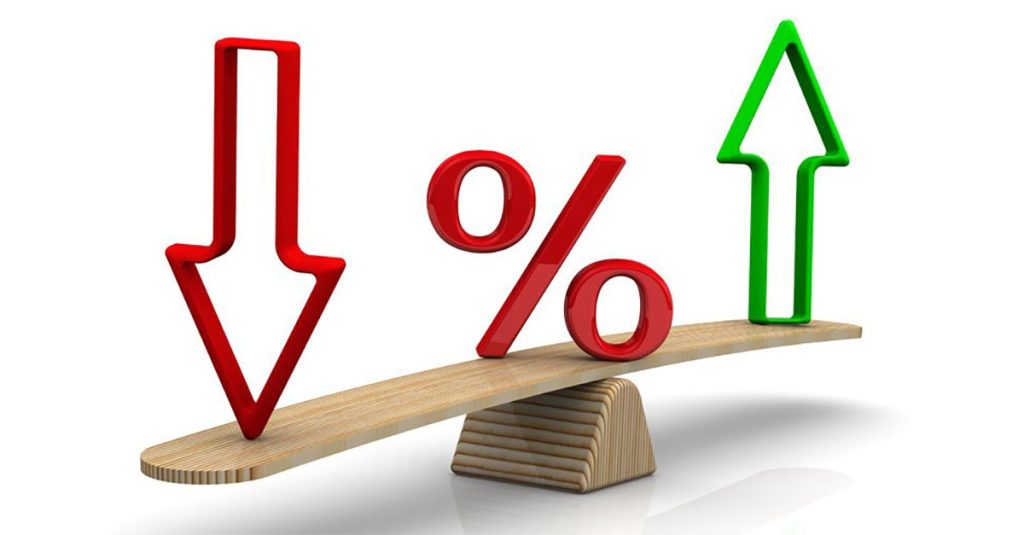ARQ Wealth Advisors Q3 2023 Commentary: It’s all about the Rates
By Richard Siegel, CFP®
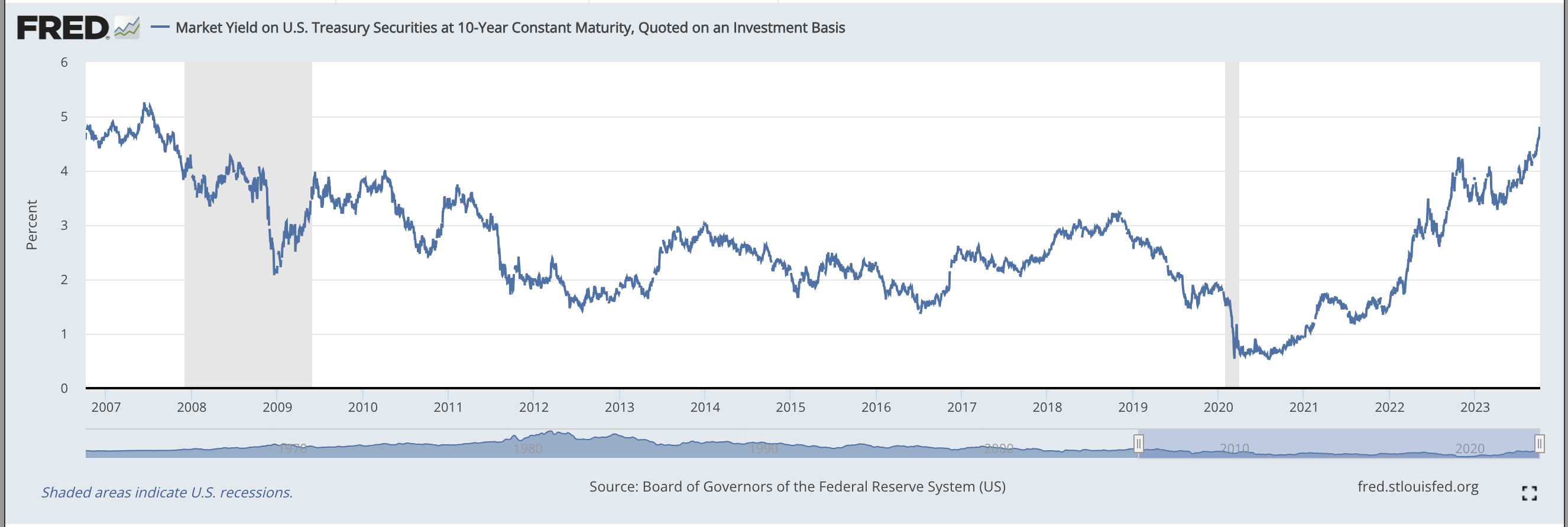 If volatility and uncertainty is your thing, the capital markets during Q3 didn’t disappoint; the insanity continues. Ever since the pandemic, price action in both the equity and bond markets have been nothing short of breathtaking. Historically, stock market action has been volatile by definition, but what we’ve experienced over the last few years in bonds is going to be looked back on and studied for decades to come.
If volatility and uncertainty is your thing, the capital markets during Q3 didn’t disappoint; the insanity continues. Ever since the pandemic, price action in both the equity and bond markets have been nothing short of breathtaking. Historically, stock market action has been volatile by definition, but what we’ve experienced over the last few years in bonds is going to be looked back on and studied for decades to come.
At this point in time, the economy, the stock market and bond market are all highly dependent on the level of interest rates. With high rates, comes both pros and cons; cash rates and bond yields are the highest investors have seen in about 20 years. If you are looking to borrow money for a new car or want to mortgage a home, you have sticker shock. The days of sub-3% mortgages and 1.9% auto financing are over. On a positive note, as asset allocators, it gives us the opportunity to deploy capital in asset classes with strong return potential other than just stocks that carry the highest levels of risk and volatility.
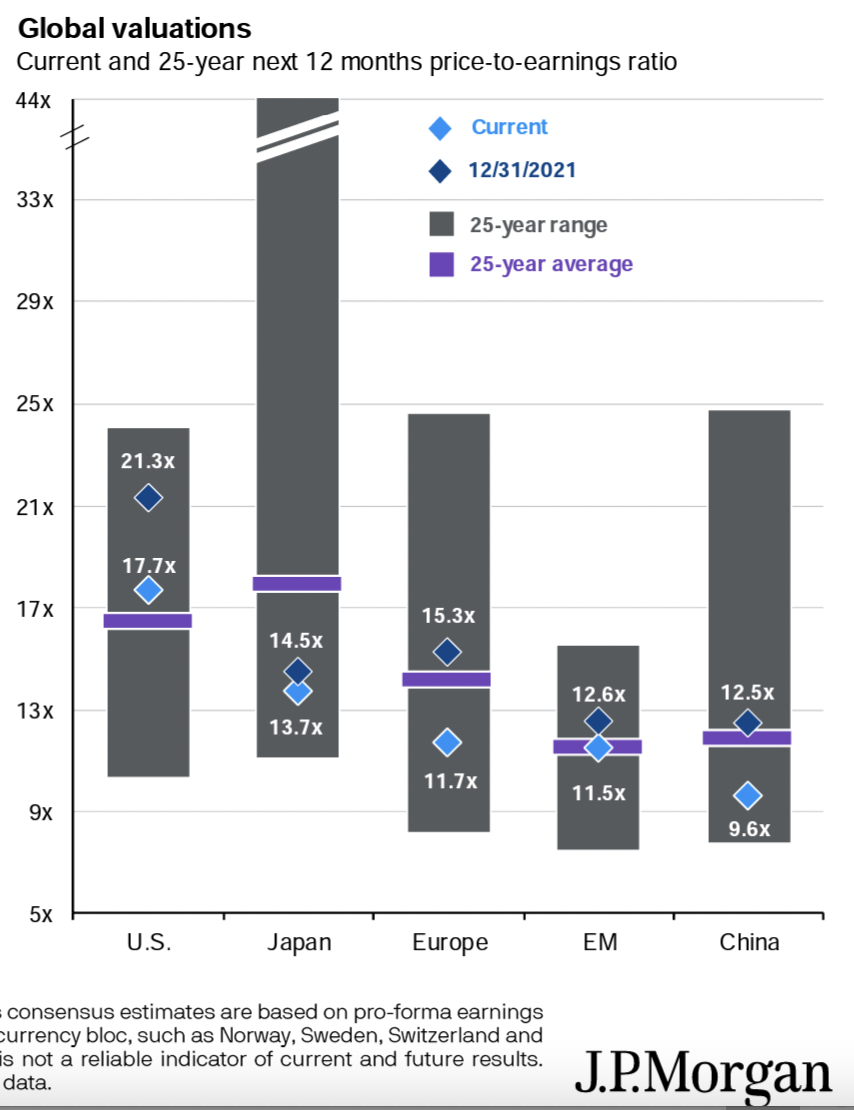
Let’s consider this last 2 years of rising rates and falling stock and bond prices the “great normalization.” Although there are areas of the markets that are still pricey, most asset classes have moved toward normal levels, and in some cases very attractive levels. The benchmark 10-year Treasury yield has been anemic for 2 decades and now has rapidly risen to 4.79%. Guess what the long-term average yield on the 10-year is….Yup, it’s 4.8%. Stock prices, with the exception of mega-cap tech are in the range of fairly valued to cheap. Even with a potential shallow recession on the horizon, asset prices are looking so much better today than they did a couple of years ago.
Investors have been put through the wringer over the past several years. On average, the stock market experiences a bear market (drawdown of 20%+) about once every 5.5 years. We’ve had 3 such market drawdowns over the past 5 years!
With the pandemic behind us, and the Fed’s monetary policy working hard to normalize inflation and unwind the record money creation that occurred during the Covid response, we are becoming more optimistic about the future returns of both the stock and bond markets.
Economic Overview
 The strong consumer and persistently low unemployment rate has kept the U.S. economy in growth mode. In fact, the Atlanta Fed GDPNow model is forecasting Q3 GDP of almost 5%! This completely contradicts the index of leading economic indicators, which has a long history of accurately predicting recessions. So, the long and short of whether we’re going into a recession is about as clear as mud.
The strong consumer and persistently low unemployment rate has kept the U.S. economy in growth mode. In fact, the Atlanta Fed GDPNow model is forecasting Q3 GDP of almost 5%! This completely contradicts the index of leading economic indicators, which has a long history of accurately predicting recessions. So, the long and short of whether we’re going into a recession is about as clear as mud.
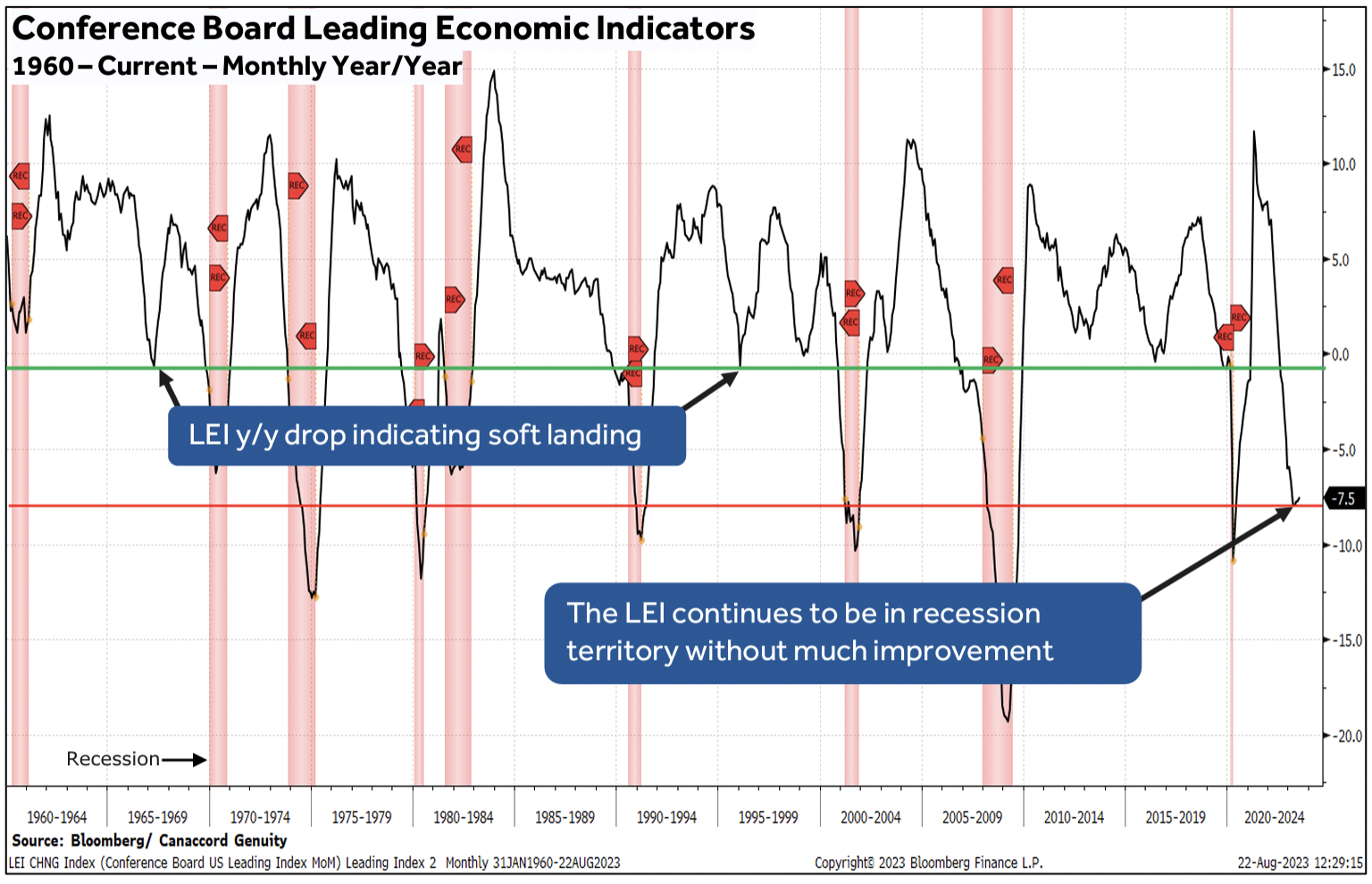

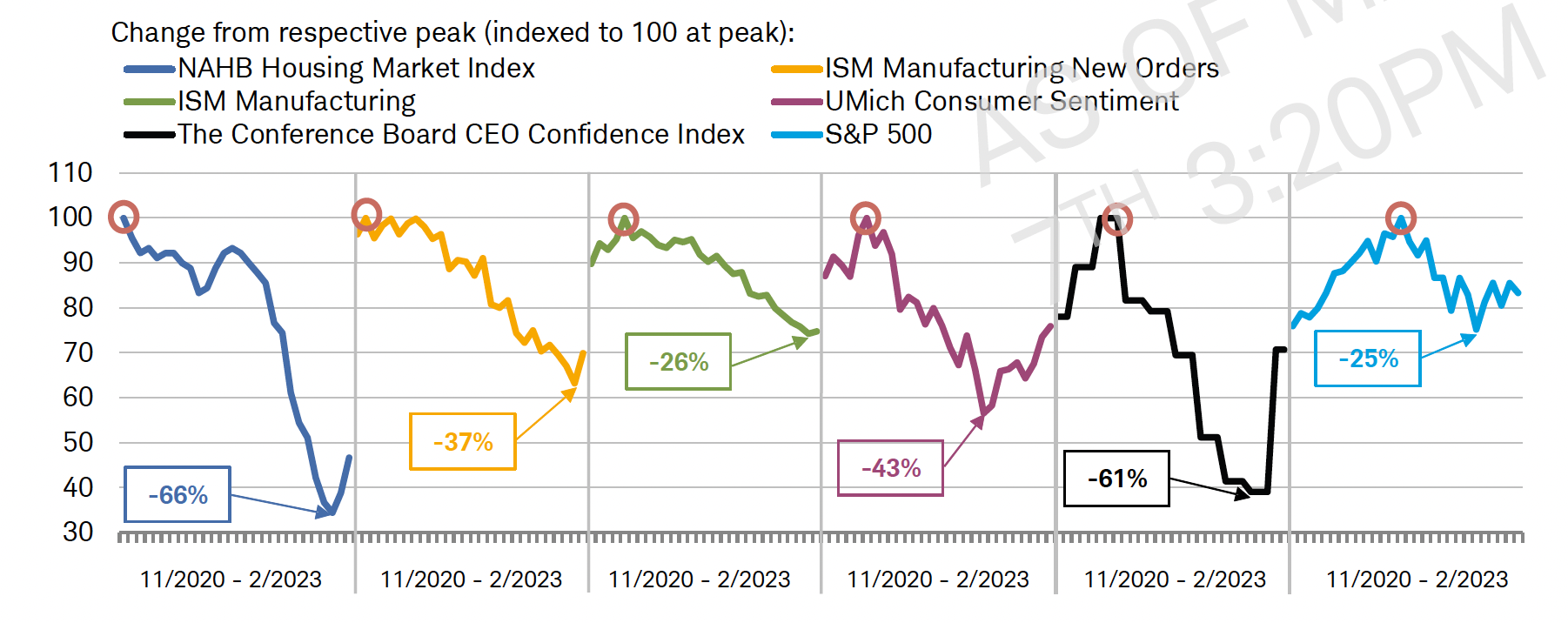
Weakening residential investment based on high mortgage rates and reduced disposable income due to rates putting pressure on the labor market will most likely be the causes behind an economic contraction. Not all recessions are created equal; the Conference Board is predicting a shallow recession during the first half of 2024. If this plays out, the Fed will need to lower rates to re-stimulate the economy. Could this time be different? Anything is possible; recessions are a normal part of the economic cycle and nothing to be panicked about. All that being said, there is a theory that this time could be different due to a series of “rolling recessions,” meaning that we’ve been experiencing a series of mini-recessions for the past couple of years.
Equity Markets Overview
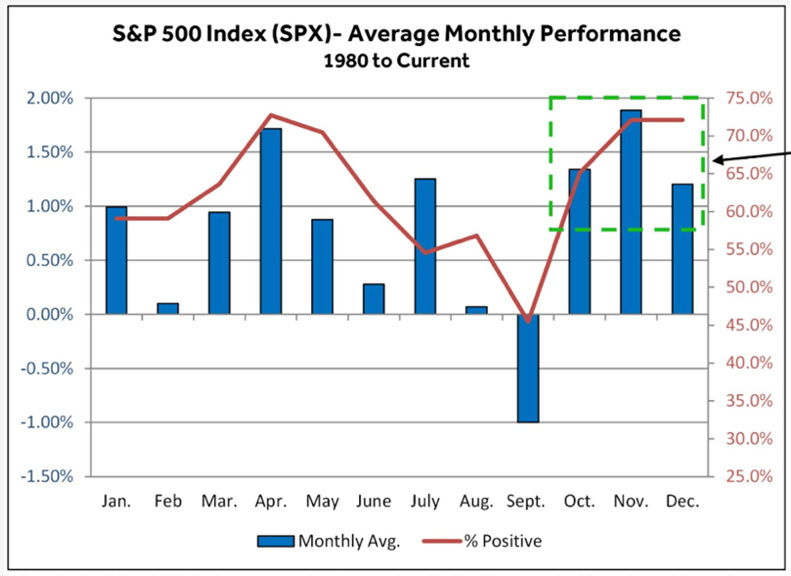 September is historically the worst month of the year for stocks. Here are the past few year’s performance statistics. If this Q4 follows suit, we have some nice gains to look forward to. Seasonality isn’t a sure thing, but there has been quite a bit of market damage in recent months, so a strong Q4 wouldn’t be a surprise.
September is historically the worst month of the year for stocks. Here are the past few year’s performance statistics. If this Q4 follows suit, we have some nice gains to look forward to. Seasonality isn’t a sure thing, but there has been quite a bit of market damage in recent months, so a strong Q4 wouldn’t be a surprise.  Also, Q3 corporate earnings will be released in the coming weeks and by all accounts, a reacceleration in earnings growth is expected.
Also, Q3 corporate earnings will be released in the coming weeks and by all accounts, a reacceleration in earnings growth is expected.
While there are plenty of reasons to be bullish on the stock market, there are also plenty of reasons to be tentative, such as geopolitical and political risks and the Fed overdoing its rate policy causing stress on the economy and in turn, corporate profitability.
In the meantime, stock valuations have become much more attractive over the past few months, and we’ve been leaning into the areas that are the cheapest and have the highest levels of profitability. Areas such as the industrial sector look especially attractive. These stocks are sitting at their highest profit margin level in over a decade, and because manufacturing has been weak in recent months, history points to a very positive forward outlook. Small-cap, mid-cap and foreign equities all have very attractive valuations at current levels.
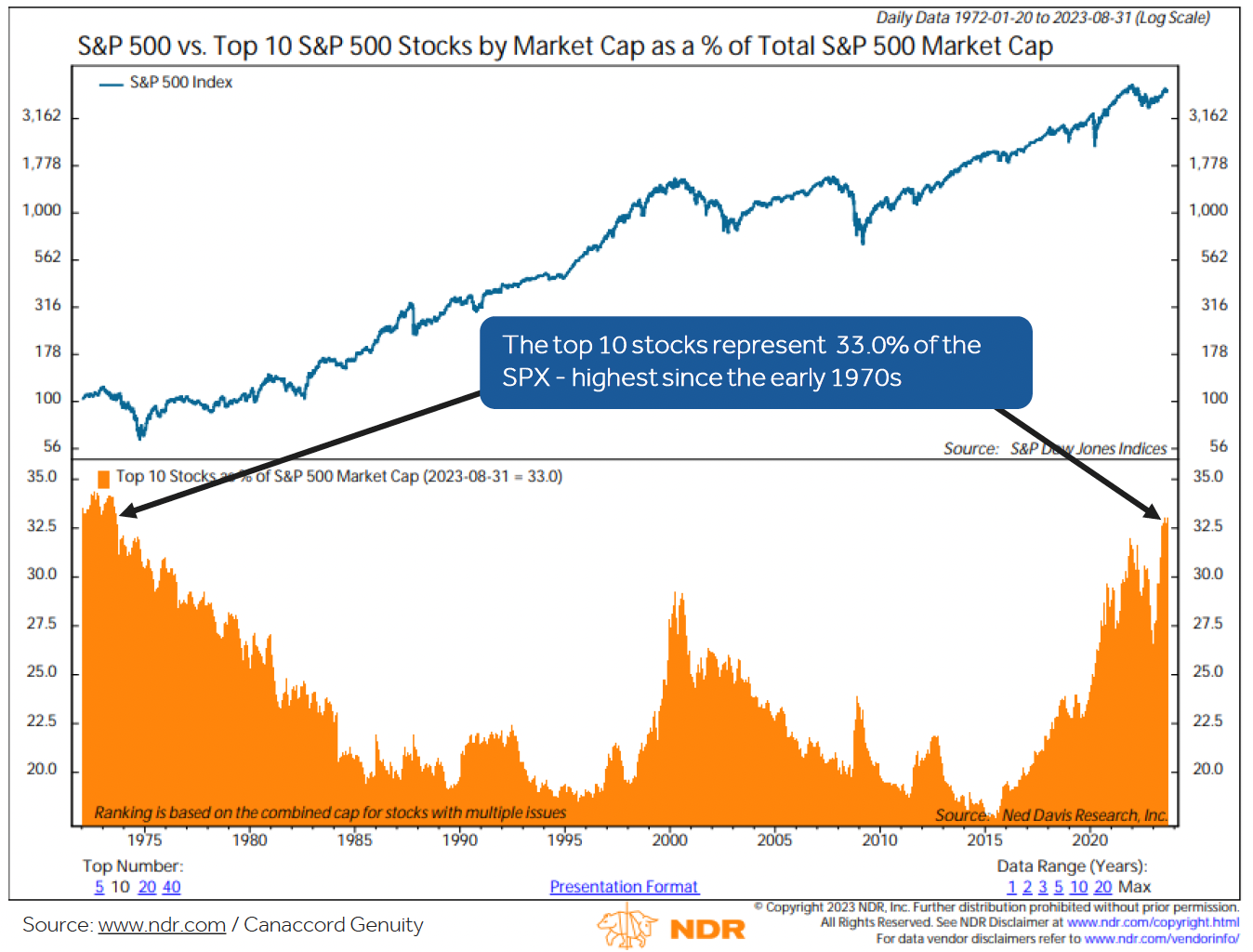 While the technology sector has been the strongest performer thus far in 2023, it is also the most expensive sector in the S&P 500, trading at valuations that we perceive as problematic.
While the technology sector has been the strongest performer thus far in 2023, it is also the most expensive sector in the S&P 500, trading at valuations that we perceive as problematic. 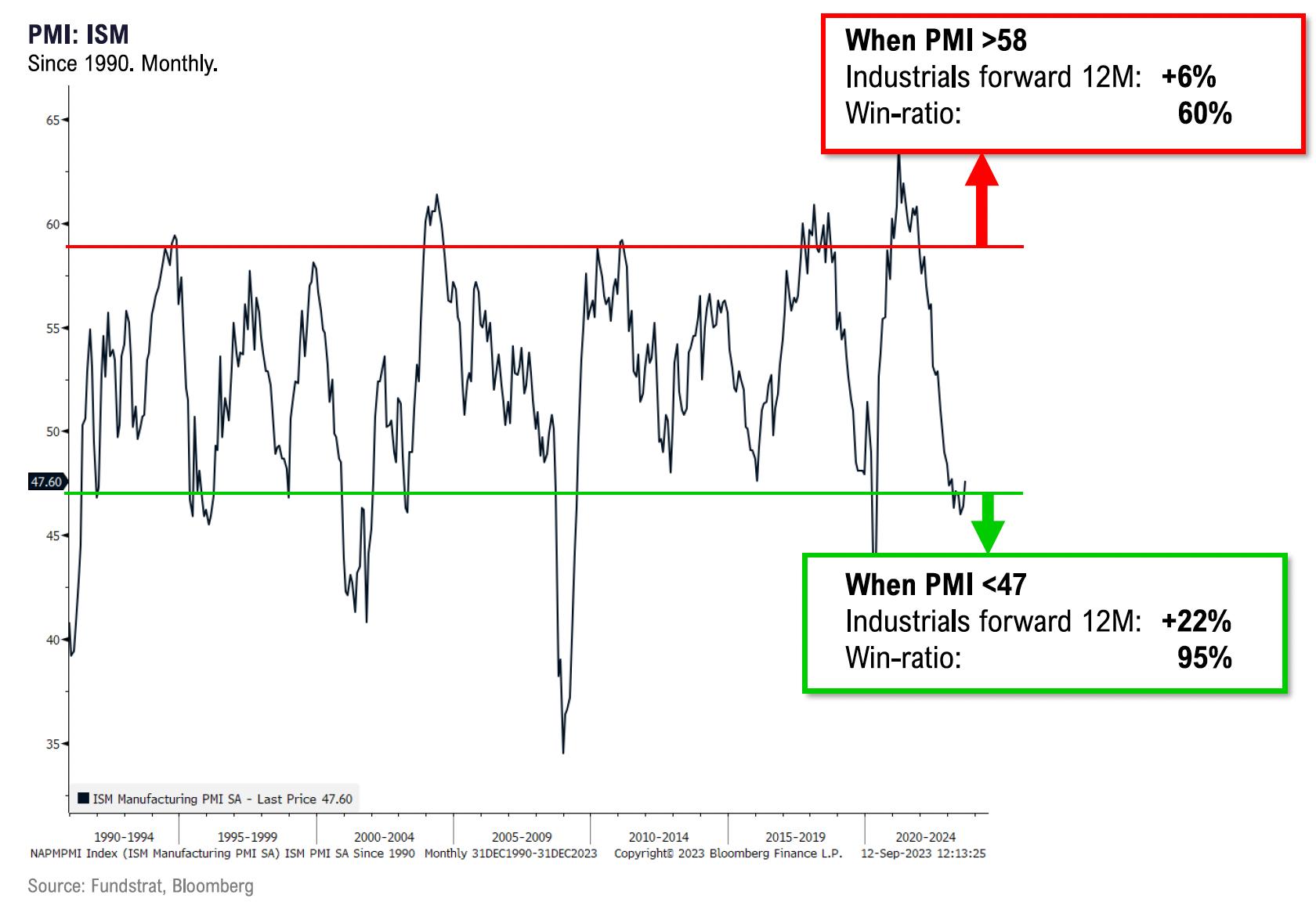 The sector’s profit growth is not superior to other sectors and extreme greed and narrow focus could point to tremendous outperformance of the lagging areas of the equity markets going forward. We do have exposure to stocks like Microsoft, Apple, and Amazon in client portfolios, but have limited their weighting to a concentration that is more palatable than the S&P’s historically high level.
The sector’s profit growth is not superior to other sectors and extreme greed and narrow focus could point to tremendous outperformance of the lagging areas of the equity markets going forward. We do have exposure to stocks like Microsoft, Apple, and Amazon in client portfolios, but have limited their weighting to a concentration that is more palatable than the S&P’s historically high level.
Bond Market Overview
 After a strong start to the year, bonds have continued their slide in Q3. Bonds lose value as yields rise and oh boy yields have been on the rise. So far in 2023, bonds have been able to weather much of the rate rise because yields can now offset some or all of the price depreciation.
After a strong start to the year, bonds have continued their slide in Q3. Bonds lose value as yields rise and oh boy yields have been on the rise. So far in 2023, bonds have been able to weather much of the rate rise because yields can now offset some or all of the price depreciation.
So at this point, bonds are very attractive because they are paying the highest income levels we’ve seen in over 15 years and their prices are trading at discounts to their maturity value.
 Based on our defensive positioning, an overweight to medium grade corporate credit, and exposure to alternatives, the bonds/non-traditional holdings in client portfolios have returned +1.23% on a year-to-date basis versus the broad U.S. bond market returning -1.21%.
Based on our defensive positioning, an overweight to medium grade corporate credit, and exposure to alternatives, the bonds/non-traditional holdings in client portfolios have returned +1.23% on a year-to-date basis versus the broad U.S. bond market returning -1.21%.
So, here’s the good news; once rates stall out or come down a bit, bond returns will be the highest investors have seen in many years. Low prices and high yields are the Holy Grail for bond investors.
 Current yields determine the lion’s share of bond returns and as you can see from the chart to the right, the return opportunities in the fixed income markets look promising.
Current yields determine the lion’s share of bond returns and as you can see from the chart to the right, the return opportunities in the fixed income markets look promising.
As we head into the final stretch of 2023, we continue to position client portfolios with a 7-10% cash allocation earning a no-risk, 5%+ yield along with below average valuation stock investments and a conservative bias in the bond category. We’d like to see more evidence that the Fed is near its terminal rate with its monetary policy and continued proof that inflation will not re-accelerate to unacceptable levels.
With the exception of a handful of tech stocks, the markets this year have been muted by economic and political uncertainty. Through the first nine months of the year, a typical global 60/40 portfolio has returned about 3.2%. Based on the yield environment and equity market levels, we are getting more optimistic.
